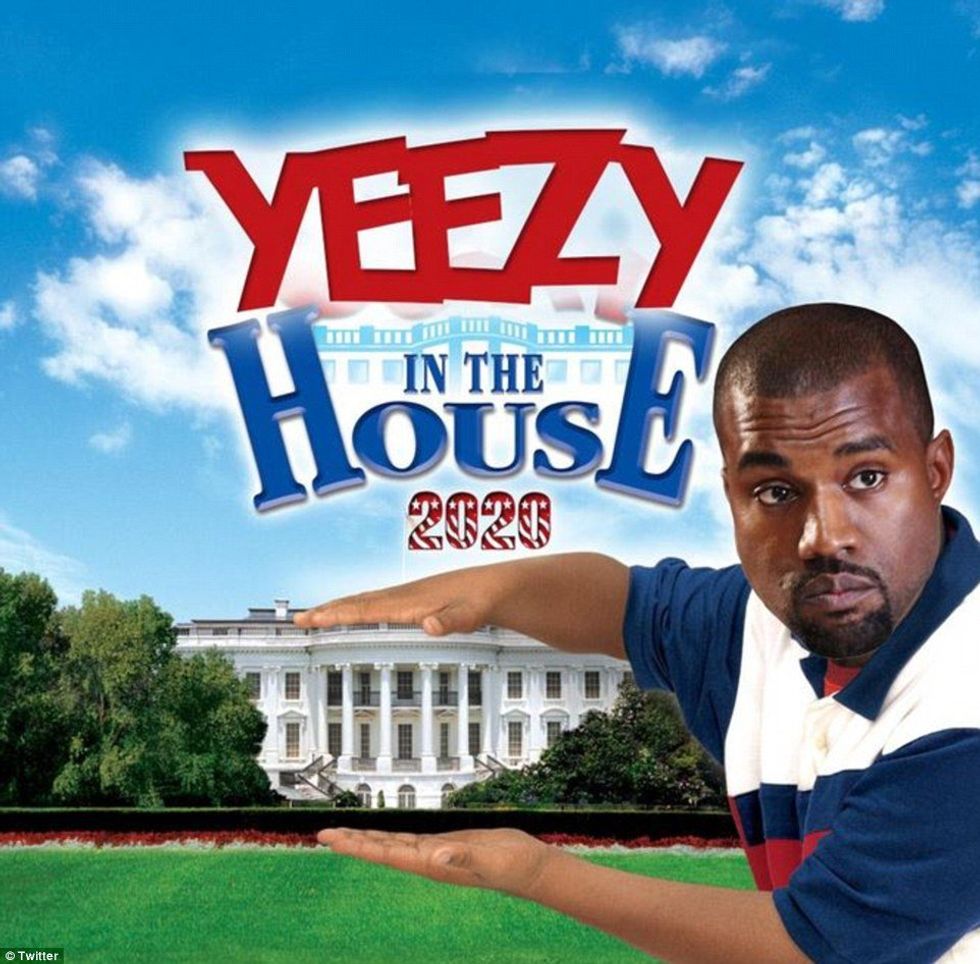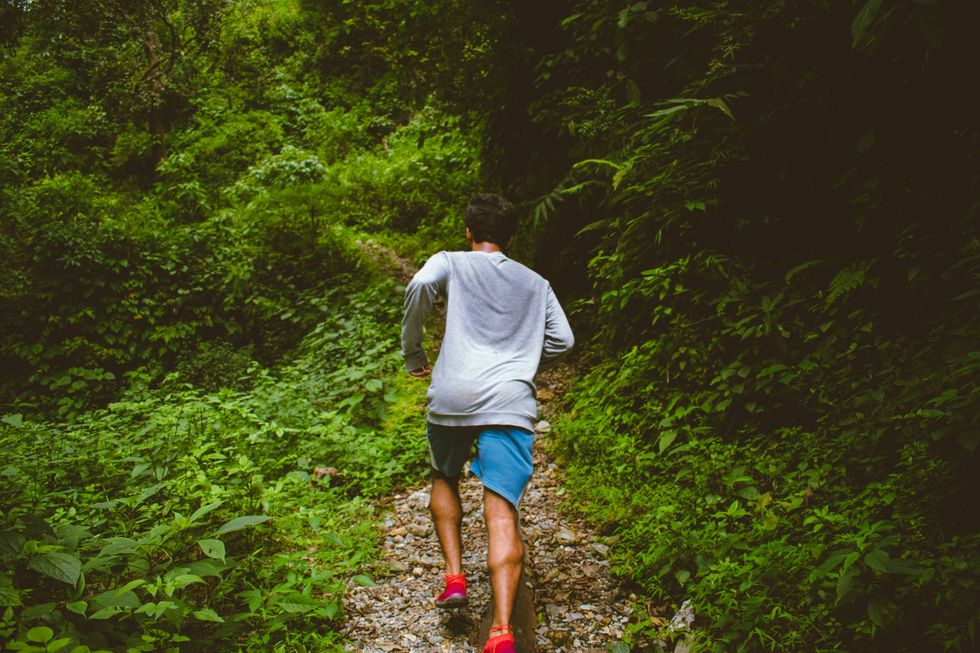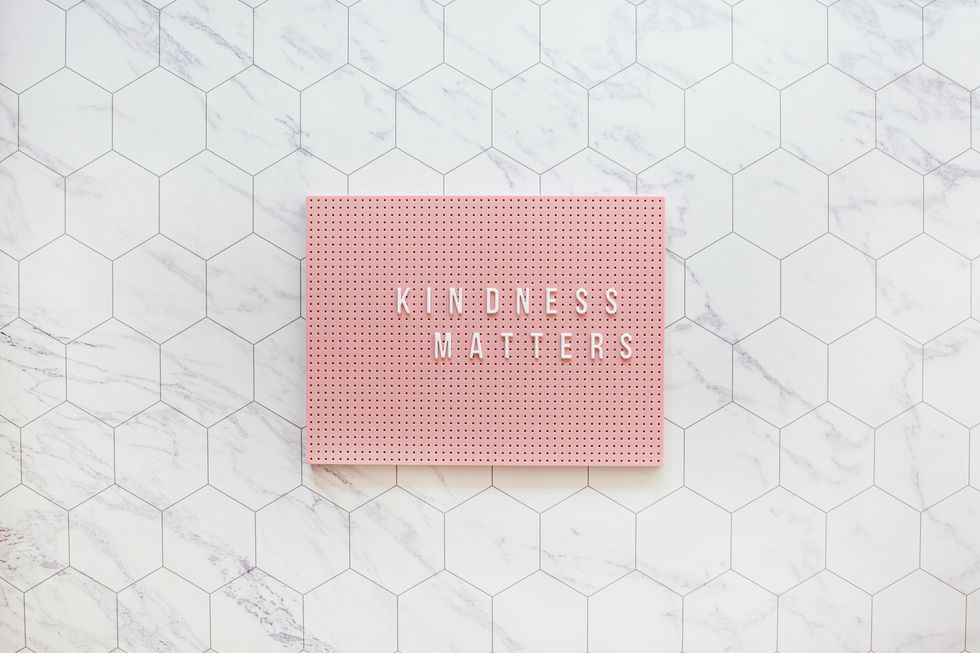Cabinet for President West’s 2nd term:
President: Kanye West
Chief of Staff: Scooter Braun
Vice President: Kamala Harris
Secretary of State: Susan Rice
Secretary of Treasury: Daniel Tarullo
Secretary of Defense: Tulsi Gabbard
Secretary of Labor: Ta-Nehisi Coates
Attorney General: Tom Perez
Secretary of the Interior: Jennifer Morgan
Secretary of Agriculture: Tyler Olson
Secretary of Commerce: Tim Canova
Secretary of Housing and Urban Development: Killer Mike
Secretary of Transportation: Anthony Foxx
Secretary of Health and Human Services: Kim Kardashian
Secretary of Homeland Security: Ian H Gershengorn
Secretary of Veterans Affairs: Joseph Votel
Secretary of Energy: Theodor Agapie
Secretary of Education: John King
(New department) Secretary of Science and Technology: Neil deGrasse Tyson*
President West had won a decisive second term. He had effectively created a cohesive coalition and won a mandate to pursue more progressive policies. His “Dope Society” united most Americans, especially in urban areas, and he had made great strides in expanding opportunity to all Americans and reducing inner-city poverty.
In his inaugural address, he promised to keep up the progressive momentum. He laid out a plan to rescue Social Security (through higher payroll taxes and a tax on manufacturing companies), grants for college students to fund living expenses, public childcare for working parents, mass public transit programs, and subsidies for green energy programs. By the end of the decade, he vowed to eliminate poverty and get America on a sustainable path to less pollution and reliance on renewable energy. He also promised to establish a national fund to support hip-hop artists, feeling that it had significant artistic merit.
In America’s cities, it was definitely morning in America again. Factories had returned to many urban areas, revitalizing old inner cities and sharply reducing poverty and crime. Many folks, who a decade ago would have been street criminals, now had respectable jobs and were becoming integrated into the mainstream of American society for the first time ever. The gap between black unemployment and white unemployment rates shrunk dramatically, indicating that the labor market was becoming more friendly to black workers. Other indicators, like life expectancy, were showing similar signs of improvement. Wages and salaries were rising rapidly as the economy returned to favoring working people again; this increased income along with declining costs for healthcare and university education ensured a new era of widespread prosperity not seen since the 1960s. Many folks would say that America was truly great again.
There was also a proposal to institute a reparations program for black Americans for the injustices suffered under slavery and Jim Crow. This program was signed into law by President West, contributing to rising tensions among working-class whites.
The same prosperity failed to reach Americans out in rural areas of the Midwest and Appalachia. While rural Americans generally did not see the same gains as urban Americans, the folks in these areas were further hit by the decline of coal and the concentration of factory jobs in major cities. The high-tech factories were smaller and more specialized; this dissuaded them from going to small towns or rural areas. Health indicators continued to worsen as drug abuse and suicide claimed many lives. While President West understood their plight to an extent, he was far more focused on the problems of urban areas and neglected to pursue programs to help working-class white people in these parts of the country.
Despite their growing frustration, they had little political representation in Congress aside from the minor conservative parties and small-town Democrats. There was no reason to really appeal to this group or try to help them out, especially when other programs took up so much revenue. Feeling a growing sense of despair, many of these people turned to extremist white nationalist groups like the KKK and Stormfront. The alt-right, a movement of xenophobic white nationalists and anti-feminists, had ballooned in popularity since 2016. They had gone from being a fringe group found primarily online to the equivalent of the 1920s Ku Klux Klan. They had gained control of politics in states like Arkansas, Kentucky, and Tennessee, and they had pursued various voter suppression tactics. They appealed to desperate white working class people with assistance and social programs, giving them a movement to join. The alt-righters allied with militias and disgruntled evangelicals, forming a dynamic, dangerous movement of armed, angry white people. They called themselves the neo-Confederates.
President West sought to combat the rise of these groups. He issued an executive order directing the FBI and ATF to investigate these groups and confiscate their weapons. He deployed federal troops to black communities throughout the South and Appalachia to keep them safe from violence and intimidation. After a series of lynchings in Tennessee, he imposed martial law in these areas. President West and his administration understood why these people were frustrated, but he cared far more about protecting black people because he was one of them. He was stymied by his own attitudes growing up in the South Side of Chicago and pursuing a hip-hop career. This only emboldened the neo-Confederates, who launched a series of terrorist attacks throughout the country. By the end of 2025, 10 attacks had been undertaken.
In 2026, a neo-Confederate attempted to assassinate President West; he was severely wounded but survived. In response to this and a few assassinations of Democratic officials, President West declared a state of emergency and began to fight the insurgency. This insurgency, commonly viewed as the Second American Civil War, involved heavy fighting in Appalachia, parts of the Midwest, and the Rocky Mountains. The neo-Confederates were well-trained and hid out in remote mountains and woods, making it hard for the military to draw them out and fight them. On the flip side, the military had a better time dealing with them due to knowledge gained fighting insurgents and guerilla groups in Iraq and Afghanistan.
In other areas, the US economy was booming. New technology had increased the pressures of automation among many workers, especially with the advent of self-driving cars and 3D printers. But it also led to a recovery of the US economy’s competitiveness and potential. Artificial intelligence continued to prosper with researchers getting closer to perfecting an AI capable of general intelligence and reasoning. Many futurists predicted that the Singularity, the advent of a superintelligent AI, to happen around 2040, assuming the neo-Confederates didn’t take over and suspend all technological progress. Elon Musk, the founder of SpaceX and Tesla, led the way forward. His Tesla cars paved the way for electric cars to overtake gasoline powered cars and forced other competitors to adapt his blueprints to make their own electric cars.
A manned mission to Mars, in cooperation with NASA and the European Space Agency, succeeded in 2027. The mission was followed by the establishment of a Moon base in 2028 and plans for mining operations and tourism to follow in the 2030s. He also pioneered a high-speed Hyperloop Transportation Network connecting the Bay Area and Elon Musk became the new Steve Jobs and was widely revered for his creativity and entrepreneurial success.
Buoyed by his success, he decided to pursue a career in politics. Elon Musk declared his support for the Libertarian Party and began heavily funding the party. This allowed the party to build its base nationally and gain seats in Congress and state legislatures. They won 75 seats in the House of Representatives and 7 Senate seats in 2026, cutting into the Democratic supermajority. The party prepared for a 2028 Presidential run, with some expecting Elon Musk to run for office.
Despite the terrorist crisis and concerns over the rising federal debt and considerable deficit, President West remained very popular among the majority Democratic coalition. His VP, Kamala Harris, vied for the 2028 Democratic nomination. She faced opposition from Ta-Nehisi Coates and Kirsten Gillibrand. Ultimately she won the nomination after Super Tuesday. She chose Ta-Nehisi Coates to unite the left and the black wing of the party behind her.
The Libertarian Party had expanded since their decent 2024 showing. They made inroads among the more affluent Democrats, who increasingly resented the rise in tax rates and the bevy of social programs aimed at helping middle and working class Americans. They also gave hope to some white working-class voters, who preferred the more race-neutral message of the party. They moderated their economic stances, essentially becoming the equivalent of the old Rockefeller Republicans. They also promised more investment in tech and a universal basic income to aid everyone in the country. It was clear that they would become the main opposition to the Democratic Party. For 2028, they nominated Austin Petersen, a Libertarian journalist and writer.
The American Freedom Party, secretly buoyed by the neo-Confederates, renominated Donald Trump Jr. They hoped to capitalize on rising neo-Confederate sentiment and gain ground in this election, establishing themselves as the new second party. They also gained support from former Ted Cruz supporters looking for a new home.
The results proved them wrong. The Libertarians went on to crush the popular vote, but failed to win against Harris. The results were as follows:
Kamala Harris: 53.5%
Austin Petersen: 32.0%
Donald Trump Jr: 14.5%
Kamala Harris would go on to be the nation’s first female President.










 man running in forestPhoto by
man running in forestPhoto by 










